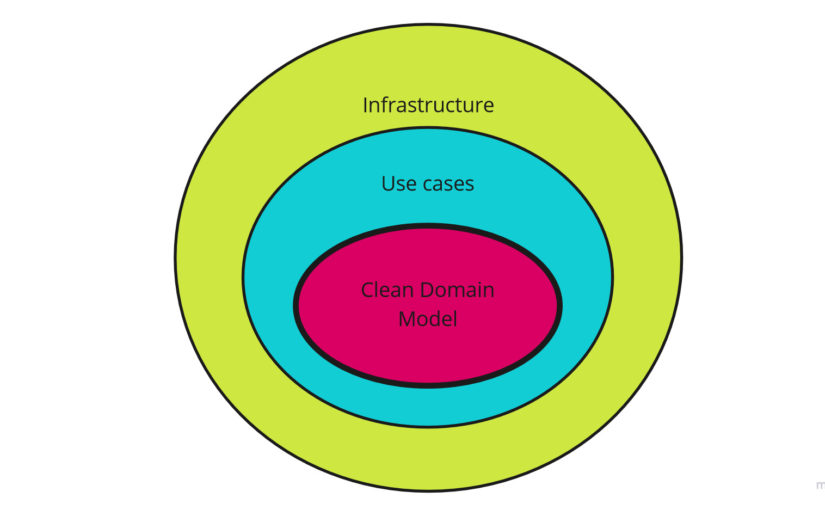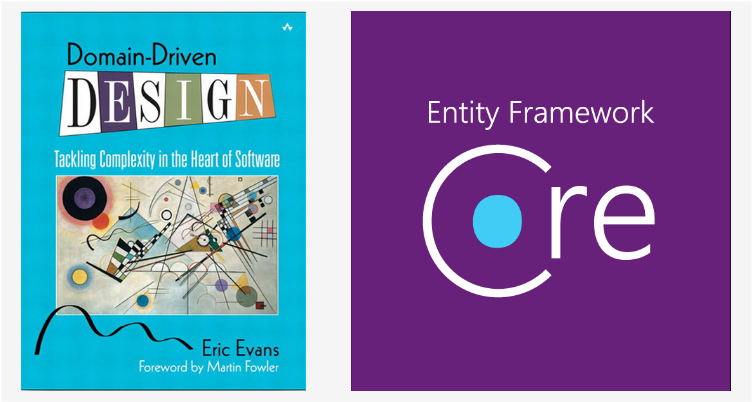Blog
Domain Model Validation
Introduction
In previous post I described how requests input data can be validated on Application Services Layer. I showed FluentValidation library usage in combination with Pipeline Pattern and Problem Details standard. In this post I would like to focus on the second type of validation which sits in the Domain Layer - Domain Model validation.
What is Domain Model validation?
We can divide the validation of the Domain Model into two types based on scope - Aggregates scope and Bounded Context scope.
Aggregates scope
Let’s remind what the Aggregate is by quoting a fragment of the text from Vaughn Vernon Domain-Driven Design Distilled book:
Each Aggregate forms a transactional consistency boundary. This means that within a single Aggregate, all composed parts must be consistent, according to business rules, when the controlling transaction is committed to the database.
The most important part of this quote in context of validation I underlined. It means that under no circumstances we can’t persist Aggregate to database which has invalid state or breaks business rules. These rules are often called ”invariants” and are defined by Vaughn Vernon as follows:
… business invariants — the rules to which the software must always adhere — are guaranteed to be consistent following each business operation.
So in context of Aggregates scope, we need to protect these invariants by executing validation during our use case (business operation) processing.
Bounded Context scope
Unfortunately, validation of _Aggregates invariants is not enough. Sometimes the business rule may apply to more than one Aggregate (they can be even aggregates of different types).
For example, assuming that we have Customer Entity as Aggregate Root, the business rule may be “Customer email address must be unique”. To check this rule we need to check all emails of Customers which are separated Aggregate Roots. It is outside of the scope of one Customer aggregate. Of course, supposedly, we could create new entity called CustomerCatalog as Aggregate Root and aggregate all of the Customers to it but this is not good idea for many reasons. The better solution is described later in this article.
Let’s see what options we have to solve both validation problems.
Three solutions
Return Validation Object
This solution is based on Notification Pattern. We are defining special class called Notification/ValidationResult/Result/etc which “collects together information about errors and other information in the domain layer and communicates it”.
What does it mean for us? Is means that for every entity method which mutates the state of Aggregate we should return this validation object. The keyword here is entity because we can have (and we likely will have) nested invocations of methods inside Aggregate. Recall the diagram from the post about Domain Model encapsulation:
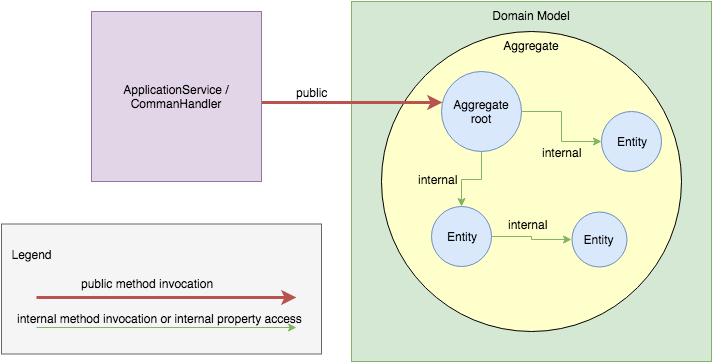
The program flow will look like:
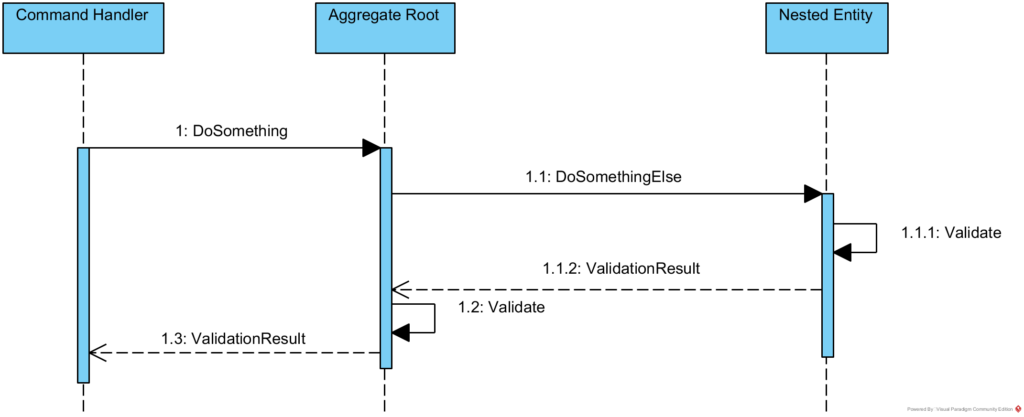
And the code structure (simplified):
private NestedEntity _nestedEntity;
public ValidationResult DoSomething()
{
// logic..
ValidationResult nestedEntityValidationResult = _nestedEntity.DoSomethingElse();
return Validate(nestedEntityValidationResult);
}
private ValidationResult Validate(ValidationResult nestedEntityValidationResult)
{
// Validate AggregateRoot and check nestedEntityValidationResult.
}
public class NestedEntity
{
public ValidationResult DoSomethingElse()
{
// logic..
return Validate();
}
private ValidationResult Validate()
{
//NestedEntity validation...
}
}
However, if we don’t like to return ValidationResult from every method which mutates the state we can apply different approach which I described in article about publishing Domain Events. In short, in this solution we need to add ValidationResult property for every Entity (as Domain Events collection) and after Aggregate processing we have to examine these properties and decide if the whole Aggregate is valid.
Deferred validation
Second solution how to implement validation is to execute checking after whole Aggregate’s method is processed. This approach is presented for example by Jeffrey Palermo in his article. The whole solution is pretty straightforward:
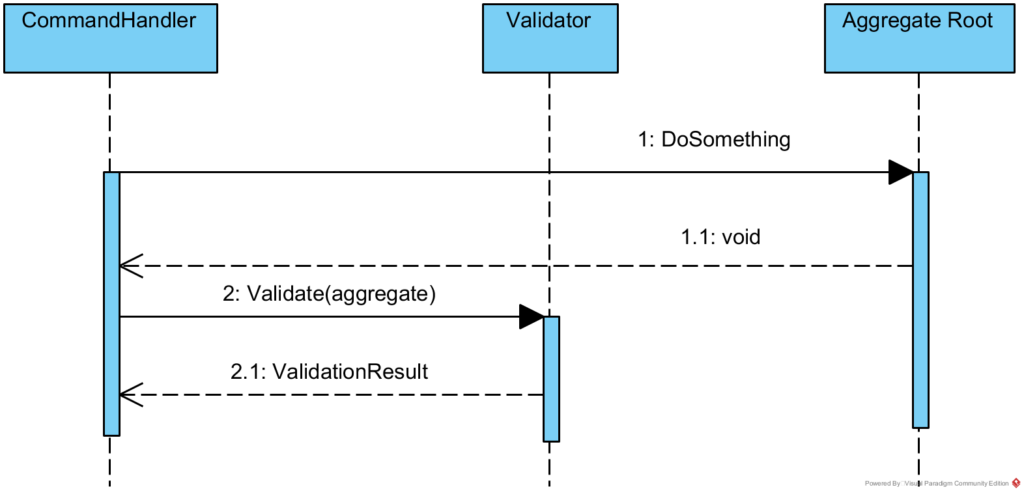
public async Task<Unit> Handle(AddCustomerOrderCommand request, CancellationToken cancellationToken)
{
var customer = await this._customerRepository.GetByIdAsync(request.CustomerId);
// ....
var order = new Order(orderProducts);
customer.AddOrder(order);
ValidationResult validationResult = ValidateCustomer(customer);
await this._customerRepository.UnitOfWork.CommitAsync(cancellationToken);
return Unit.Value;
}
private ValidationResult ValidateCustomer(Customer customer)
{
Validatior validator = new Validator();
return validator.Validate(customer);
}Always Valid
Last but not least solution is called “Always Valid” and it’s just about throwing exceptions inside Aggregate methods. It means that we finish processing of the business operation with the first violation of the Aggregate invariant. In this way, we are assured that our Aggregate is always valid:
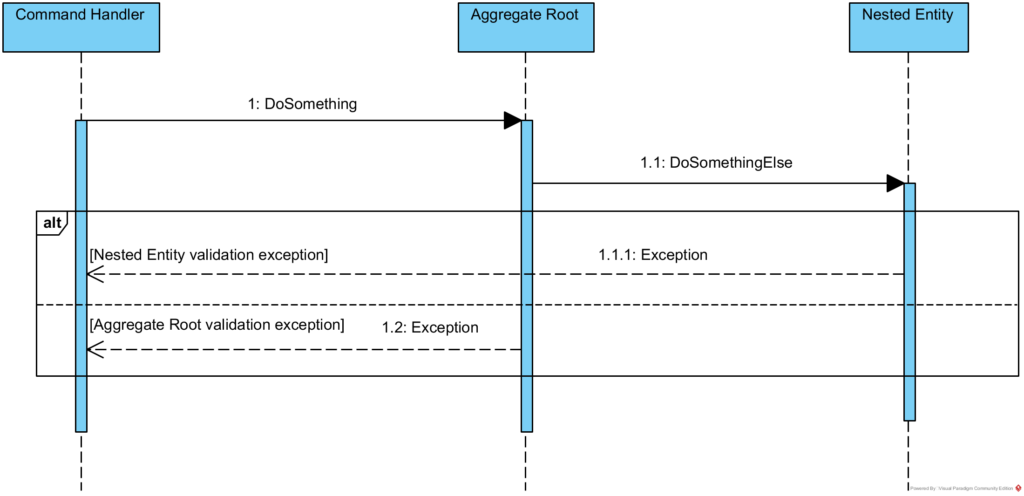
Comparison of solutions
I have to admit that I don’t like Validation Object and Deferred Validation approach and I recommend Always Valid strategy. My reasoning is as follows.
Returning Validation Object approach pollutes our methods declarations, adds accidental complexity to our Entities and is against Fail-Fast principle. Moreover, Validation Object becomes part of our Domain Model and it is for sure not part of ubiquitous language. On the other hand Deferred Validation implies not encapsulated Aggregate, because the validator object must have access to aggregate internals to properly check invariants.
However, both approaches have one advantage - they do not require throwing exceptions which should be thrown only when something unexpected occurs. Business rule broken is not unexpected.
Nevertheless, I think this is one of the rare exception when we can break this rule. For me, throwing exceptions and having always valid Aggregate is the best solution. “The ends justify the means” I would like to say. I think of this solution like implementation of Publish-Subsribe Pattern. Domain Model is the Publisher of broken invariants messages and Application is the Subscriber to this messages. The main assumption is that after publishing message the publisher stops processing because this is how exceptions mechanism works.
Always Valid Implementation
Exception throwing is built into the C# language so practically we have everything. Only thing to do is create specific Exception class, I called it BusinessRuleValidationException:
public class BusinessRuleValidationException : Exception
{
public string Details { get; }
public BusinessRuleValidationException(string message) : base(message)
{
}
public BusinessRuleValidationException(string message, string details) : base(message)
{
this.Details = details;
}
}Suppose we have a business rule defined that you cannot order more than 2 orders on the same day. So it looks implementation:
// Customer aggregate root.
public void AddOrder(Order order)
{
if (this._orders.Count(x => x.IsOrderedToday()) >= 2)
{
throw new BusinessRuleValidationException("You cannot order more than 2 orders on the same day");
}
this._orders.Add(order);
this.AddDomainEvent(new OrderAddedEvent(order));
}// Order entity.
internal bool IsOrderedToday()
{
return this._orderDate.Date == DateTime.UtcNow.Date;
}What we should do with the thrown exception? We can use approach from REST API Data Validation and return appropriate message to the client as Problem Details object standard. All we have to do is to add another ProblemDetails class and set up mapping in Startup:
public class BusinessRuleValidationExceptionProblemDetails : Microsoft.AspNetCore.Mvc.ProblemDetails
{
public BusinessRuleValidationExceptionProblemDetails(BusinessRuleValidationException exception)
{
this.Title = exception.Message;
this.Status = StatusCodes.Status409Conflict;
this.Detail = exception.Details;
this.Type = "https://somedomain/business-rule-validation-error";
}
}services.AddProblemDetails(x =>
{
x.Map<InvalidCommandException>(ex => new InvalidCommandProblemDetails(ex));
x.Map<BusinessRuleValidationException>(ex => new BusinessRuleValidationExceptionProblemDetails(ex));
});The result returned to client:

For simpler validation like checking for nulls, empty lists etc you can create library of guards (see Guard Pattern or you can use external library. See GuardClauses created by Steve Smith for example.
BC scope validation implementation
What about validation which spans multiple Aggregates (Bounded Context scope)? Let’s assume that we have a rule that there cannot be 2 Customers with the same email address. There are two approaches to solve this.
The first way is to get required aggregates in CommandHandler and then pass them to aggregate’s method/constructor as arguments:
// RegisterCustomerCommand handler - get all customers
public async Task<CustomerDto> Handle(RegisterCustomerCommand request, CancellationToken cancellationToken)
{
var allCustomers = await _customerRepository.GetAll();
var customer = new Customer(request.Email, request.Name, allCustomers);
await this._customerRepository.AddAsync(customer);
await this._customerRepository.UnitOfWork.CommitAsync(cancellationToken);
return new CustomerDto { Id = customer.Id };
}public Customer(string email, string name, List<Customer> allCustomers)
{
if (allCustomers.Contains(email))
{
throw new BusinessRuleValidationException("Customer with this email already exists.");
}
this.Email = email;
this.Name = name;
this.AddDomainEvent(new CustomerRegisteredEvent(this));
}However, this is not always a good solution because as you can see we need to load all Customer Aggregates to memory. This could be serious performance issue. If we can not afford it then we need to introduce second approach - create Domain Service which is defined as (source - DDD Reference):
When a significant process or transformation in the domain is not a natural responsibility of an entity or value object, add an operation to the model as a standalone interface declared as a service.
So, for that case we need to create ICustomerUniquenessChecker service interface:
public interface ICustomerUniquenessChecker
{
bool IsUnique(Customer customer);
}This is the implementation of that interface:
public class CustomerUniquenessChecker : ICustomerUniquenessChecker
{
private readonly ISqlConnectionFactory _sqlConnectionFactory;
public CustomerUniquenessChecker(ISqlConnectionFactory sqlConnectionFactory)
{
_sqlConnectionFactory = sqlConnectionFactory;
}
public bool IsUnique(Customer customer)
{
using (var connection = this._sqlConnectionFactory.GetOpenConnection())
{
const string sql = "SELECT TOP 1 1" +
"FROM [orders].[Customers] AS [Customer] " +
"WHERE [Customer].[Email] = @Email";
var customersNumber = connection.QuerySingle<int?>(sql,
new
{
customer.Email
});
return !customersNumber.HasValue;
}
}
}Finally, we can use it inside our Customer Aggregate:
public Customer(string email, string name, ICustomerUniquenessChecker customerUniquenessChecker)
{
this.Email = email;
this.Name = name;
var isUnique = customerUniquenessChecker.IsUnique(this);
if (!isUnique)
{
throw new BusinessRuleValidationException("Customer with this email already exists.");
}
this.AddDomainEvent(new CustomerRegisteredEvent(this));
}The question here is whether pass Domain Service as an argument to aggregate’s constructor/method or execute validation in Command Handler itself. As you can see above I am fan of former approach because I like keep my command handlers very thin. Another argument for this option is that if I ever need to register Customer from a different use case I will not be able to bypass and forget about this uniqueness rule because I will have to pass this service.
Summary
A lot of was covered in this post in context of Domain Model Validation. Let’s summarize:
- We have two types of _Domain Model_validation - Aggregates scope and Bounded Context scope.
- There are generally 3 methods of Domain Model validation - using Validation Object, Deferred Validation or Always Valid (throwing exceptions).
- Always Valid approach is preferred.
- For Bounded Context scope validation there are 2 methods of validations - passing all required data to aggregate’s method or constructor or create Domain Service (generally for performance reason).
Source code
If you would like to see full, working example – check my GitHub repository.
Additional Resources
- Validation in Domain-Driven Design (DDD)- Lev Gorodinski.
- Validation in a DDD world - Jimmy Bogard.

